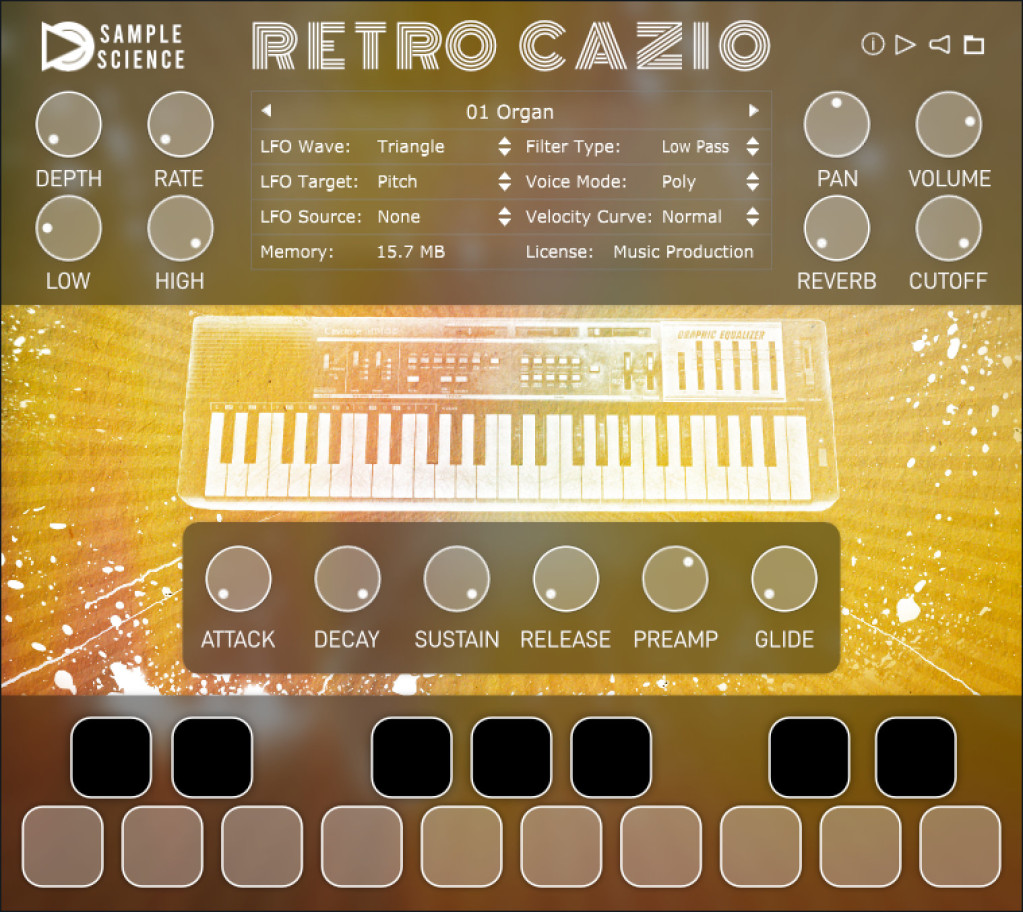Sample Science has a tasty freebie for us – Retro Cazio models the 1983 Casio Casiotone MT-100, for a very, very 80s drum kit, keys, and other instruments. Let’s revisit that source instrument.
Photo at top: CC-BY-SA ghostdad / double casio.
The MT-100 is pretty quintessential Casiotone, part of a generation of similar-sounding instruments all powered by the NEC D930/D931 chipset family.
And yeah, if you’re wondering if there’s some Casiotone history, indeed there is – including, finally, from Casio themselves, with a timeline accompanying their recent new release:
Casiotone history [Casio]
History of Casio Keyboards, Part II: 1984-1988
and Wikipedia has a surprisingly exhaustive model list.
Oddly, I think these instruments hold up better now than they did at release, just in that our ears have gradually adapted to thinking of chip instruments as distinct in quality rather than a replica of something else.
There were a lot of Casiotone variants, but the ’83 MT-100 is more or less the benchmark for its generation and the NEC D931C architecture. So in addition to a drum kit with various rhythm patterns – including Bossa Nova, of course – you get a variety of basic voice presets (see specs):
- Organ
- Pipe Organ
- Flute
- Clarinet
- Trumpet
- Horn
- Oboe
- Accordion
- Violin
- Cello
- Piano
- Electric Piano
- Harpsichord
- Vibraphone
- Celesta
- Harp
- Mandolin
- Electric Guitar
- Funny
- Cosmic tone
Here’s the original in action:
(My first keyboard, by the way, was the 1987 MT-220 which had as a bonus PCM-based “Super Drums.”)
Now, the actual MT-100 hardware architecture (and that of its sibling the MT-65) is fascinating – the single chipset provides vibrato/delayed vibrato, sustain/reverb, and two envelope variations per voice.
The free recreation here actually then does less than a real MT-100, but you do get 20 high-quality samples of some of the better sounds – more like a curated greatest hits take on this – plus some modern features of Sample Science’s own creation (multi-LFO, highpass/lowpass filter, reverb, glide, amplitude range, and poly / legato / mono operation). The original had polyphonic operation, too.
But when you want that paper-thin 80s chippy drum sound or distinctive piano, this is an instant hit. And they have given it a pretty wide range of samples – a couple hundred megs’ worth. Mac, Windows, 64-bit VST, VST3, AU.
Plus the price is right – free:

https://www.samplescience.info/2022/04/retro-cazio.html
And yeah, if you can get the hardware, you can indeed circuit bend it:
Or just use this plug-in to go lo-fi, like this fine person: